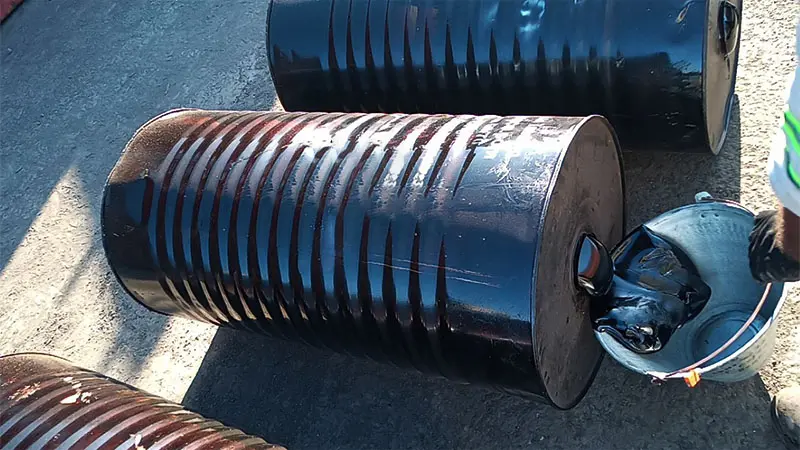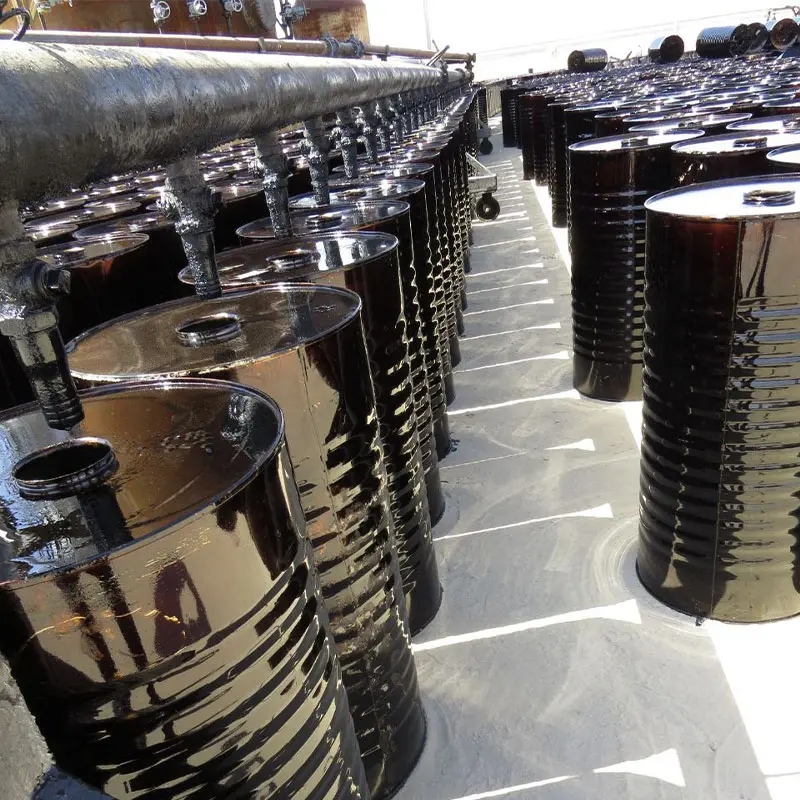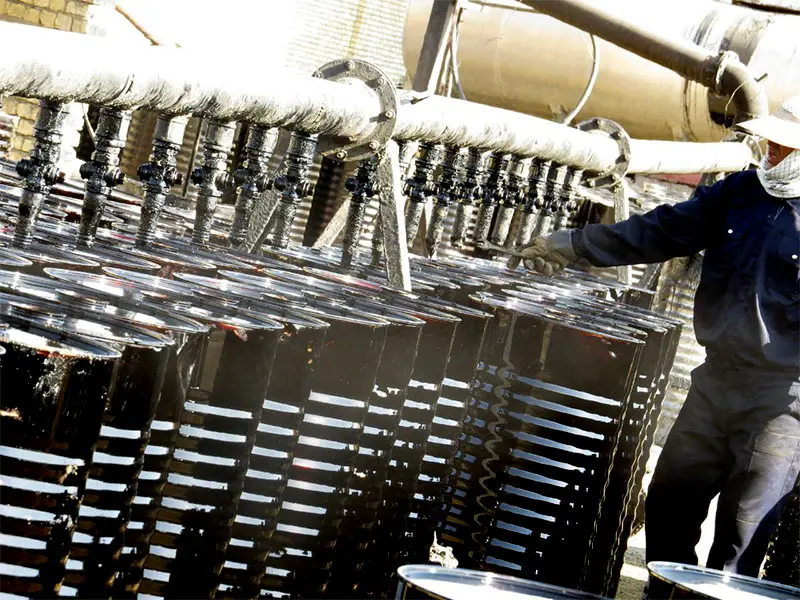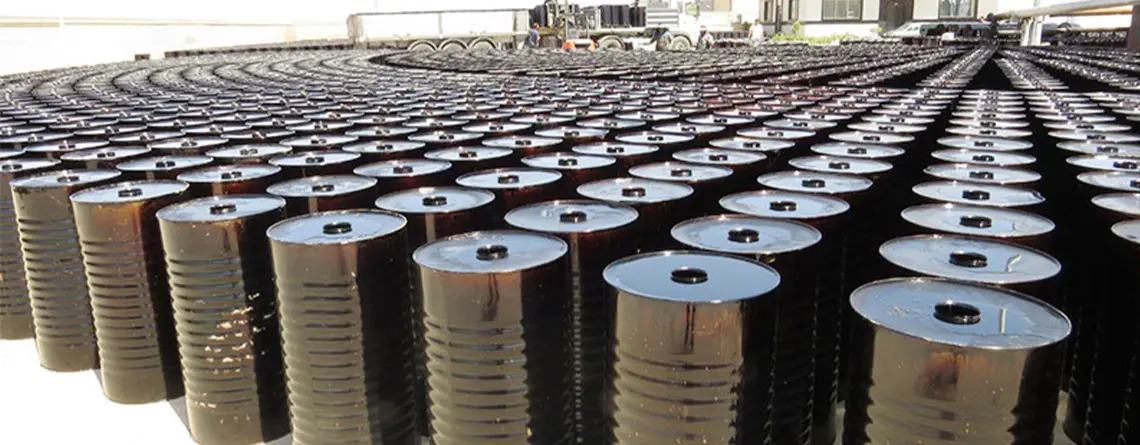Introduction
Bitumen, a crucial component of various petroleum products, undergoes safety testing for transportation, storage, and application purposes. One of the important parameters evaluated during testing is the flash point. The flash point of a bituminous material refers to the lowest temperature at which its vapor momentarily ignites in the form of a flash, under specified test conditions.

flash point tests
Several test methods are employed to determine the flash point of bitumen, depending on the properties of the material being tested. The two commonly used methods are the Pensky-Martens closed cup (PMCC) test and the Cleveland open cup (COC) test. Additionally, the Modified Abel and Abel flash point tests are utilized for specific types of bitumen.
In the Pensky-Martens closed cup (PMCC) test, approximately 80 grams of the bitumen sample is placed into a brass cup with a close-fitting lid. The sample is stirred while the temperature is gradually increased at a rate of 5°C per minute. At regular intervals of 2°C, a lever is turned, which opens a window in the lid and lowers a small flame through it. The flash point is determined as the temperature at which the vapor from the sample first ignites.
The Cleveland open cup (COC) test involves placing approximately 80 grams of bitumen into a brass cup. The sample is heated at a rate of 5°C per minute, and at regular intervals of 2°C, a flame is moved across the top of the cup. The flash point is the temperature at which the flash occurs.
For cutback bitumen, the Modified Abel flash point test is employed. This test closely resembles the PMCC test in appearance but features flame-proofed construction due to the lower flash points of cutback bitumen.
In cases where bitumen with low flash points, such as petroleum spirits and kerosene, needs to be tested, the Abel flash point test (IP170) is used. This test involves heating the sample in a water jacket while manually stirring it.
It is worth noting that all flash point measurements must be corrected for atmospheric pressure to ensure accurate results.

Comparing open cup and closed cup flash point tests
When comparing open cup and closed cup flash point tests, it is observed that open cup techniques yield higher flash point values. This difference arises because the hot vapor in open cup tests is not confined, allowing for more rapid evaporation and ignition. In the case of bitumen, the difference in flash points between open cup and closed cup techniques can range from approximately 40 to 100°C.
Flash point testing is crucial for understanding the potential fire and safety hazards associated with bitumen during transportation, storage, and application. The flash point data helps determine the appropriate handling and storage conditions for bitumen to minimize the risk of fire accidents.
Bitumen, being a flammable material, requires careful handling and storage to ensure safety. Transportation of bitumen typically involves the use of specialized tankers and containers designed to meet safety standards and regulations. These containers are equipped with proper ventilation systems and safety features to prevent the accumulation of flammable vapors and maintain the integrity of the product.
Storage facilities for bitumen also incorporate safety measures to prevent accidents. Adequate ventilation, fire detection and suppression systems, and compliance with relevant safety regulations are essential for minimizing the risks associated with storing bitumen.
During the application of bitumen, such as in road construction or roofing projects, safety protocols are followed to minimize the potential for fire incidents. Workers handling bitumen are trained in proper safety procedures, including the use of personal protective equipment (PPE) such as gloves, goggles, and fire-resistant clothing.

Conclusion
Moreover, the flash point of bitumen plays a role in determining its suitability for specific applications. Different industries and regions may have specific requirements for the flash point of bitumen based on safety regulations and environmental conditions. For instance, in hot climates, bitumen with higher flash points may be preferred to reduce the risk of premature ignition or fire accidents.
the flash point of bitumen is an important parameter that indicates its potential fire hazard. Various test methods, such as the PMCC, COC, Modified Abel, and Abel flash point tests, are employed to determine the flash point of bitumen. Understanding the flash point helps in establishing appropriate handling, storage, and application procedures to ensure safety. Proper safety measures and compliance with regulations are crucial when dealing with bitumen to minimize the risk of fire accidents and protect workers and the environment.
| Grade | Flash point COC (°C) |
|---|---|
| Penetration grades | |
| 300 pen | 250-300 |
| 200 pen | 25-320 |
| 100 pen | 270-310 |
| 50 pen | 250-320 |
| 25 pen | 240-300 |
| Hard grades | |
| H100/120 | 280-340 |
| H80/90 | 280-340 |
| Oxidized grades | |
| R75/30 | 270-300 |
| R85/25 | 280-300 |
| R85/40 | 290-300 |
| R95/25 | 290-300 |
| R105/35 | 280-300 |
| R115/15 | 270-310 |



Leave a Reply
You must be logged in to post a comment.